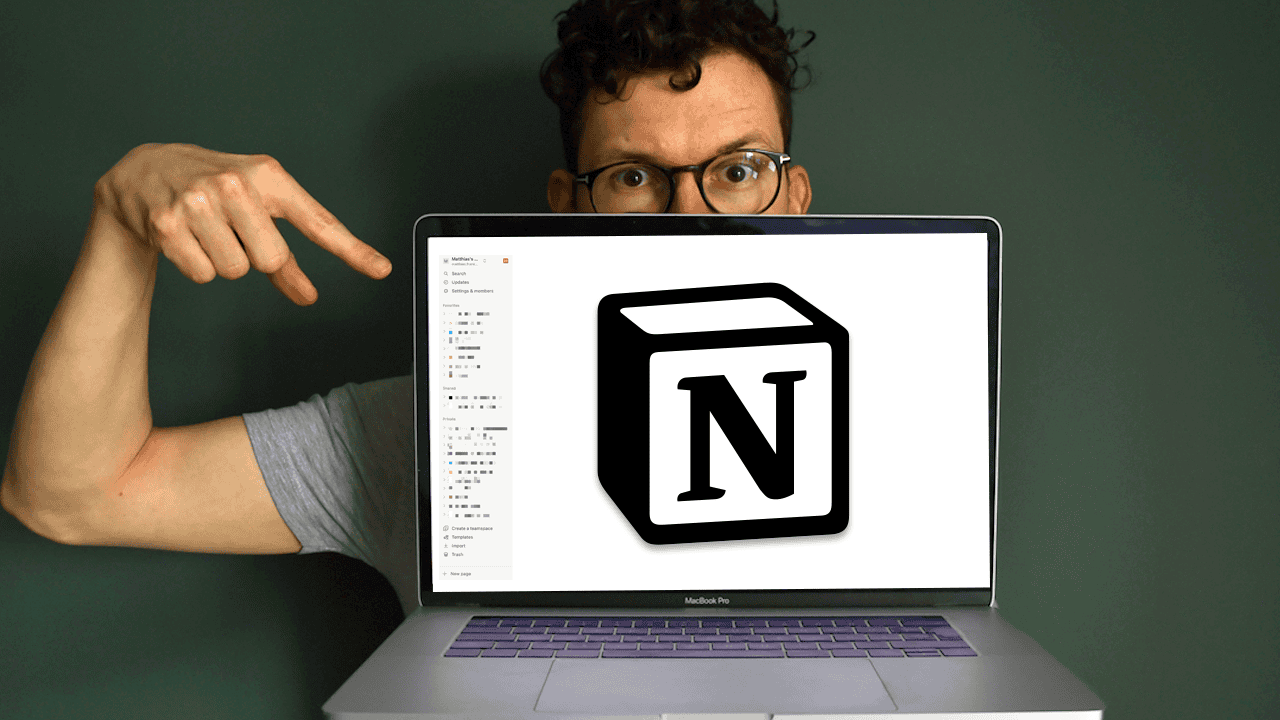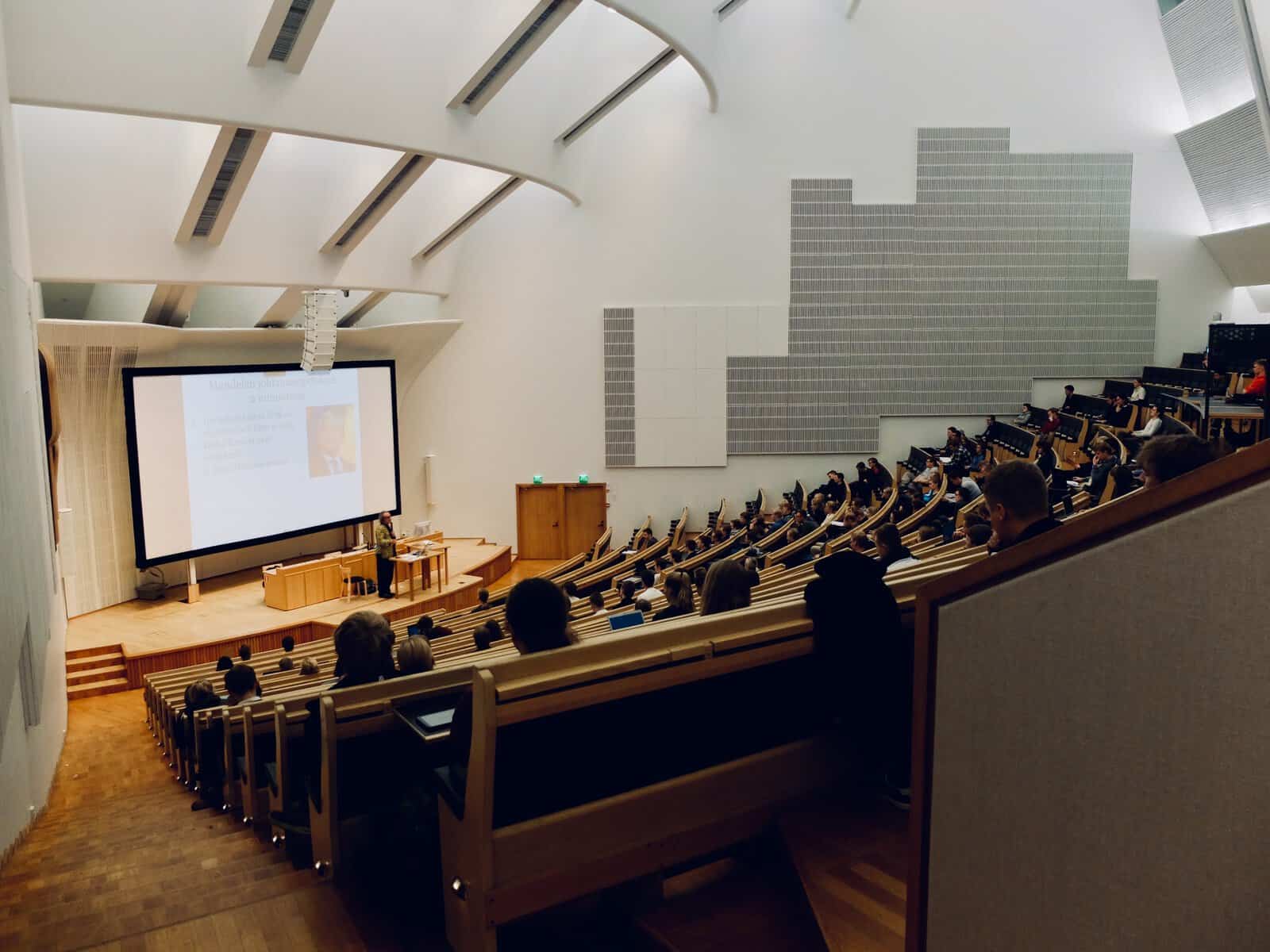Purchasing something through the links provided in this post supports the blog via Affiliate Commissions
It‘s time for another round of study techniques!
After discovering the book „Ultralearning“ (Affiliate Link) by Scott Young, I‘ve looked around and read a lot about the best ways to study. Turns out that I‘ve done quite some things intuitively right – and a lot of things very wrong.
My main study technique for passing the first bar exam was re-reading my written notes.
Well, re-reading is regarded as one of the lowest value things you can do and while note taking for study purposes is a bit more disputed, it‘s also seen as rather low value due to poor habits and a lot of time involved (See the Study here).
So what to do instead?
Let‘s quickly recap the four key elements of learning:
- First Exposure – listening to a lecture, reading a course book, watching an explanation. Whatever you do in the beginning to get a first idea of the topic.
- Understanding – really getting a hang of the idea. What does it do? How does it relate to other stuff you know? Why does it matter?
- Practice – Applying your newfound knowledge. Exactly in the way you ultimately need it. Also known as Direct Practice.
- Internalising – interweaving the new topic with what you already know. You could also call it memorising.
The three techniques that I want to share with you today are:
- Structure Building – it‘s a mix of First Exposure & Understanding
- The Feynman Technique – the ultimate method to boost Understanding.
- The Question Book Method – an easy & time-efficient technique to internalise stuff
Here we go:
Structure Building
The human brain isn‘t the best at remembering arbitrary information. Just look at the way you pick passwords: it feels so much easier to have words or birthdays than a random combination of letters.
I‘ve experienced this effect a lot in the past without really knowing what it was. Throughout university, I‘d usually complain at the start of a new topic that everything was so arbitrary and random. Lessons felt hard in the beginning.
But once I actually sat down and studied, things fell into place. More importantly, the more I had learned about a topic, the easier it was to add new knowledge along the way.
The difficulty of things discovered later on wasn‘t less by any means. Quite the opposite – concepts usually get more difficult throughout the year.
What had changed was my existing knowledge. And with that my ability to create connections & structures. Like a puzzle, new concepts simply fit in.
If you are able to group knowledge together and create a structure, you help yourself twice:
1) Understanding – engage with the material on a deeper level
We already know that the more engaged we are with the material, the more likely we are to remember it. Active Recall is all about that: we think about the question and try to answer it as opposed to merely consuming (i.e. reading) it.
Now, when we need to group knowledge together, then we automatically enter a deeper engagement level. We need to look for patterns, similarities, differences and – ideally – the reason behind all these. This helps us to understand the concept better.
2) Memorising – create „knowledge chunks“ that can be learned independently
Our brain isn‘t too amazing at handling several things at once. But it has a neat trick up it‘s sleeve: chunking.
Chunking is the grouping of individual pieces of information into one bigger piece. Our brain ties things together and will now treat it as one.
Think of it a bit like a tool box. You can try to carry individual items, your hammer in your left hand, your nails in right hand, maybe even balance something on your head. Or you could simply pack everything in a tool box.
Example: the letters A A B D G N P S U are quite hard to remember as single pieces. Learning the acronyms NBA, USA & GDP however is far, far easier.
Here’s how it works:
- Before diving into a new subject, get an overview. Read the index of a book, click through a presentation. What‘s the „big picture“ you‘re trying to learn?
- When something new comes up, ask yourself: where does this belong? Is it a general rule? A small detail? Is it an exception to something else or does it neatly fit into what I know?
- When it comes to memorising, always aim to group things together. Even if information is completely arbitrary (it rarely is), make it at least a numbered list.
- When grouping information aim to structure by meaning, not by formal criteria.Ex.: the letters A A B D G N P S U could be grouped formally (by vowels & consonants or just alphabetically) or by their meaning (part of the acronyms NBA, USA, GDP)
Here‘s why it works:
- „Neurons that wire together, fire together“. By structuring knowledge, you create more connections to the information in your brain. More connections = better retrieving
- Chunking reduces the space information takes up in your Working Memory and might even make Long Term Memory accessible to solve short term tasks.
- Searching for structure & patterns is a perfect shortcut to seek understanding. Now that you need to build a knowledge structure, friction and gaps will become more obvious, giving you a change to correct things.
Feynman Technique
Richard Feynman was a hugely popular and influential physicist in the 20th century. He was known for his ability to explain complex physics in simple, everyday terms. Bill Gates called him, “the greatest teacher I never had.”
How can we use his brilliance for our own learning?
By copying the method he used himself to understand physics in university.
At it‘s core, the Feynman Technique is as simple as it gets: if you truly want to understand something, then you need to be able to explain the idea to someone else. Ideally a kid.
Here‘s how it works:
- Pick an idea that you want to understand. On an empty sheet of paper, write down everything you know about it. Organise it in a way that makes sense to you. Imagine you‘re writing the script to a lecture you‘re supposed to give. Use your own words.
- If you get stuck (and only then!), go back to the original source. Read through it again to fill in the blanks. Does it make sense now?
- Go through your own explanation and look out for inconsistencies and friction. Take a questioning mindset and ask yourself: is this coherent? If not, go back to the source material to figure it out.
- Once things are coherent, go through your explanation and simplify it. Where could things be more elegantly explained? Are you hiding behind unnecessary complicated words? Imagine you need to explain things now to an outsider, someone who is not familiar with the vocabulary of your field. Could you still do it?
Perfection is achieved, not when there is nothing more to add, but when there is nothing left to take away – Antoine de Saint-Excupéry
Here‘s why it works:
- Long-term, it‘s much easier to understand concepts than to memorise them.
- „Going back to the drawing board“ and working through the problem head to toe helps you to identify the actual flaws in your thinking – instead of having just a vague feeling of insecurity
- It breaks down problems into small, manageable chunks. You might feel frightened by the thought of having to learn a big, complicated topic. But apply the Feynman Technique to it and see it all dissolve. And if the remaining questions still look big and challenging? Take a new piece of paper and start another Feynman session – with just that question.
Disclaimer:
The Feynman Technique is not a magic wand that creates insight. It‘s actually the opposite. It‘s a structured way to find all the areas where you lack insight. By shining the spotlight on those questions, you get the chance to focus your work specifically at those weaknesses. But you still need to go back to the source to figure things out.
Question Book Method
The last two study techniques have a clear focus on building understanding – the necessary first step in every learning endeavour.
But regardless how how much we understand, at some point, we need to internalise & memorise some stuff.
The Question Book Method is basically a shortcut replacement for flash cards. Flash Cards are great to internalise information when done right – but they also require a lot of time to set up.
The Question Book Method cuts down on that set-up time, so you get do learn quicker.
Here‘s how it works:
- While you expose yourself to new information (attending a lecture, reading a course book), make it a habit to note down questions.
- Questions should be a) things you actually don‘t understand right now, b) key concepts & ideas and c) details you need to remember
- Note the question and some sort of short reference to where it came from. Answers will not be written down.
- To practice, go through the questions and colour-code how well you did. I like to start with red (don‘t know) / yellow (okayish) on the first go and only use green (good) on the second pass.
- On future passes, only go through the questions in the lowest colour
Here‘s why it works:
- Writing questions will force you to engage with the material while reading. What‘s an important concept? What looks like an important detail? Higher engagement means higher retention.
- Writing questions instead of full notes saves a lot of time. It‘s one of the reasons why note taking is generally seen of rather low utility.
- Studying with your questions implements two powerful concepts: Active Recall (also called Active Practice) and Spaced-Repetition. To get the most out of the later, stick to practicing first your weakest questions and combine the method with the Retrospective Revision Timetable.


